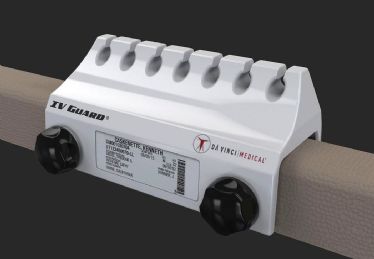
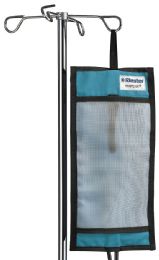

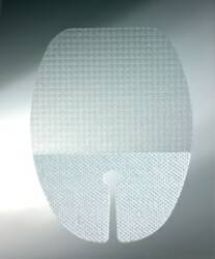
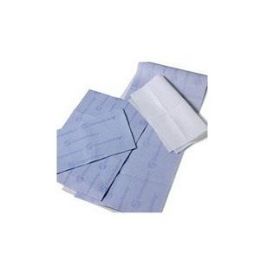

.jpg&newheight=260&quality=80)

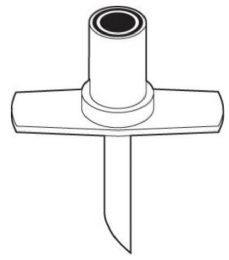
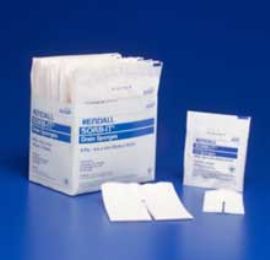
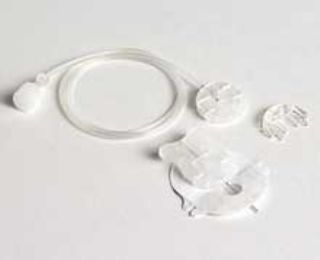
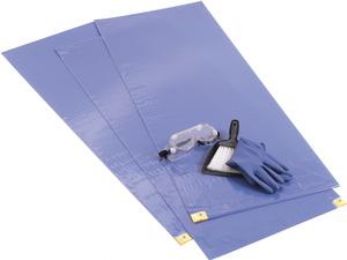

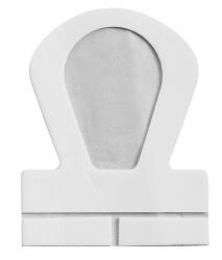
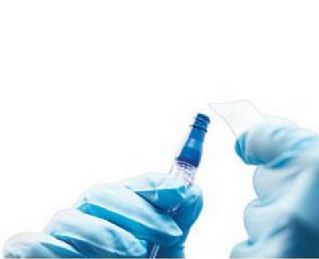
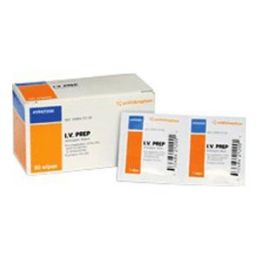
What is a Spill Kit?
Even when strict safety precautions are taken, hazardous materials may still sometimes leak or spill. A spill kit is utilized in these instances to clean up hazardous material so the floor, individuals, or the surrounding area are not contaminated. A kit may consist of sponge-like fabrics that are placed around the spill, or absorbents that are sprinkled on top of the spill in order to contain it. The kit may also include protective equipment, such as gloves, gowns, masks, and goggles.
A spill kit can come in a variety of sizes and contain different types of materials. A small kit may consist of gloves, a bag, twist ties, a scoop with scraper, absorbent powder such as sand or sawdust, wipes, a mask, and a gown. This type is normally designed to contain a spill and decontaminate hard surfaces. A chemotherapy drug spill kit may contain a gown, gloves, mask, waste bags, safety glasses, towels, shoe covers, a chemotherapy sign, absorbent pads, a scoop with scraper, and tie wraps.
Many healthcare facilities that use and store hazardous materials keep one or more spill kits on hand in case of an emergency. They are typically located near dangerous materials for easier accessibility if needed. Since healthcare facilities keep spill kits available for blood spills, this protects patient rooms and visitor waiting areas from contamination. Having kits easy to access and training personnel to use them saves lives while protecting the environment at the same time.
What is a PICC Line?
A PICC, peripherally inserted central catheter line, is a long and slender tube typically inserted into a vein located in the upper arm. The tube is then advanced until its tip stops in a vein in the chest near the heart. This line is utilized for administrating medications and intravenous fluids. These types of IV lines can be inserted by a specially trained radiologist, nurse, or a physician’s assistant, and is usually performed at the bedside under sterile conditions. Ultrasound is applied to visualize the large vein in the upper arm, and after the PICC line is in place, a chest x-ray is taken to confirm proper placement before the line is used.
There are a variety of reasons why an individual may need a PICC line. Some may receive antibiotics or chemotherapy for an extended period of time and it will stay in place for months. Hyperalimentation is another reason a PICC line may be required. This is a way to provide the body with all the nutrients and vitamins it needs through the vein, and will last for several months. Those with bleeding disorders may necessitate a PICC line. These individuals normally need long term administration of blood or blood products, and the line keeps them from being stuck multiple times to draw blood from. Once a PICC line is not necessary, it is easily removed, which can be performed by a properly trained healthcare professional.
What is Intravenous Therapy?
Intravenous (IV) therapy involves the injection of fluids directly into the vein, and is considered faster-acting than oral or other forms of medications. IV therapy allows medicine to reach the heart quickly as well as circulate through the body extremely fast. In most cases, an IV is inserted into a vein, typically in the hand, arm, leg, or foot. Once in place, an individual is given a syringe injection or connected to an IV drip which delivers medication or fluids over time. In certain conditions, intravenous therapy is connected to a central, or PICC, line.
There are many applications for intravenous therapy. For severely malnourished or dehydrated individuals, IV fluids quickly deliver nutrients, electrolytes, and water to the body. Those suffering from a sudden drop in blood pressure may receive IV therapy to increase blood sugar levels. It can also be utilized for emergency delivery of drugs or proper dosage of medications. In the case of blood loss, blood and plasma can be transfused through an IV.
Rehabmart is proud to offer a wide variety of superior quality IV supplies from credentialed and experienced medical vendors, such as McKesson Medical-Surgical, Independence Medical, Medline, and Posey.
Hulet Smith, OT
Rehabmart Co-Founder & CEO
lb